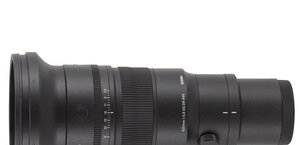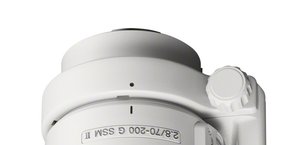Tamron 17-50 mm f/4 Di III VXD
5. Chromatic and spherical aberration
Chromatic aberration
As many as three low dispersion elements in the optical system of the tested Tamron suggest that the producers took proper care of the correction of longitudinal chromatic aberration. Photos below show that indeed it is the case. In this category we have no reservations whatsoever. |
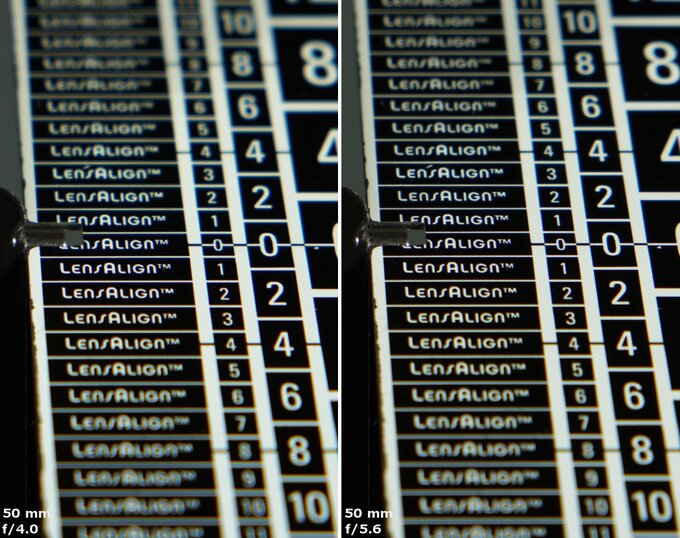 |
When it comes to lateral chromatic aberration, two graphs below present the results of our test. The first one deals with the performance on the edge of the APS-C sensor, the second presents the performance on the edge of full frame.
Please Support UsIf you enjoy our reviews and articles, and you want us to continue our work please, support our website by donating through PayPal. The funds are going to be used for paying our editorial team, renting servers, and equipping our testing studio; only that way we will be able to continue providing you interesting content for free. |
- - - - - - - - - - - - - - - - - - - - - - - - - - - - - - - - - - - - - - - - - - - - - - - -
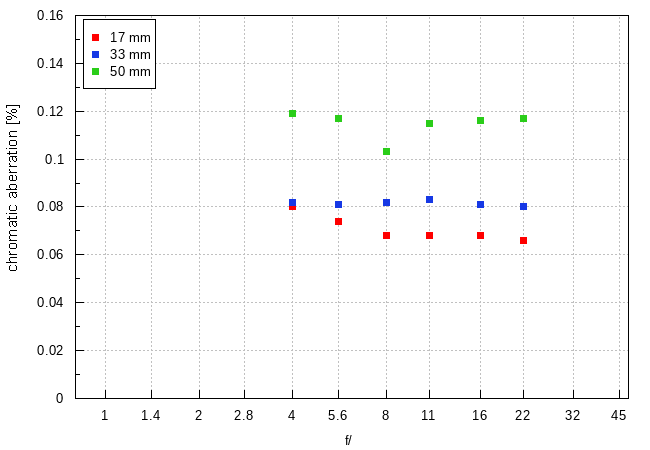
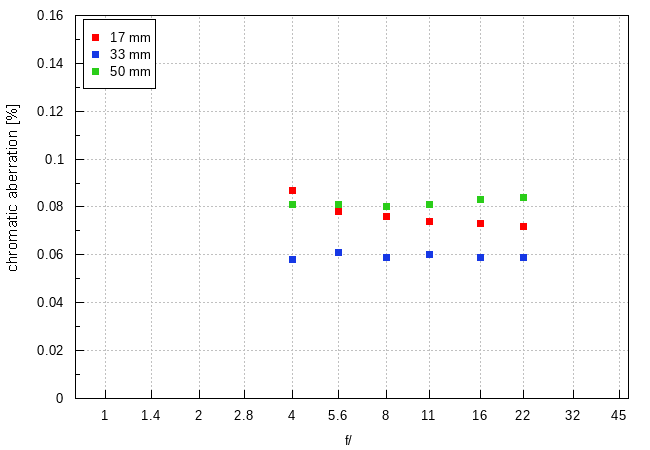
As you see the results are non-obvious, with particular focal lengths switching places when you move from one sensor to the other. Overall, the fewest problems you encounter on the shorter end of the focal spectrum with results on the borderline between low and medium levels. Medium levels can be observed at 50 mm but on the APS-C detector they can even come close to high level. Fortunately they don't exceed that critical value at any point.
| A7R IIIa, RAW, 17 mm, f/4.0, FF edge | A7R IIIa, RAW, 50 mm, f/5.6, APS-C edge |
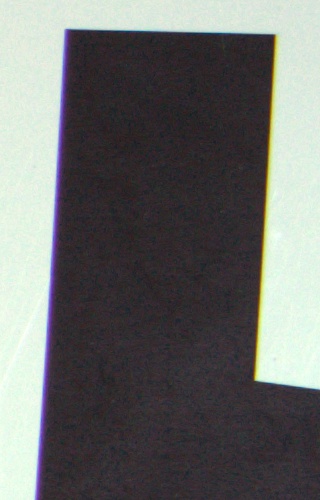
|

|
Spherical aberration
First photos of this chapter show a slight focus shift effect, most visible at 50 mm. At that place the depth of field moves toward greater distances when you change the aperture from f/4.0 to f/5.6. It suggests the Tamron doesn't correct spherical aberration perfectly well.That conclusion is additionally confirmed by the appearance of defocused circles of light we got before and behind the focus. In both cases you deal with a significant doughnut; the difference is such that the maximum of light intensity of the first circle turns into the minimum of brightness in the second. It is a classic symptom of bad correction of spherical aberration.
| A7R IIIa, 50 mm, f/4.0, before | A7R IIIa, 50 mm, f/4.0, after |
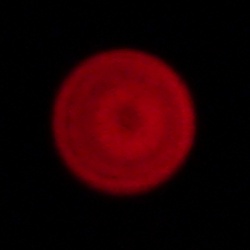
|
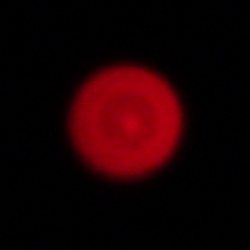
|




